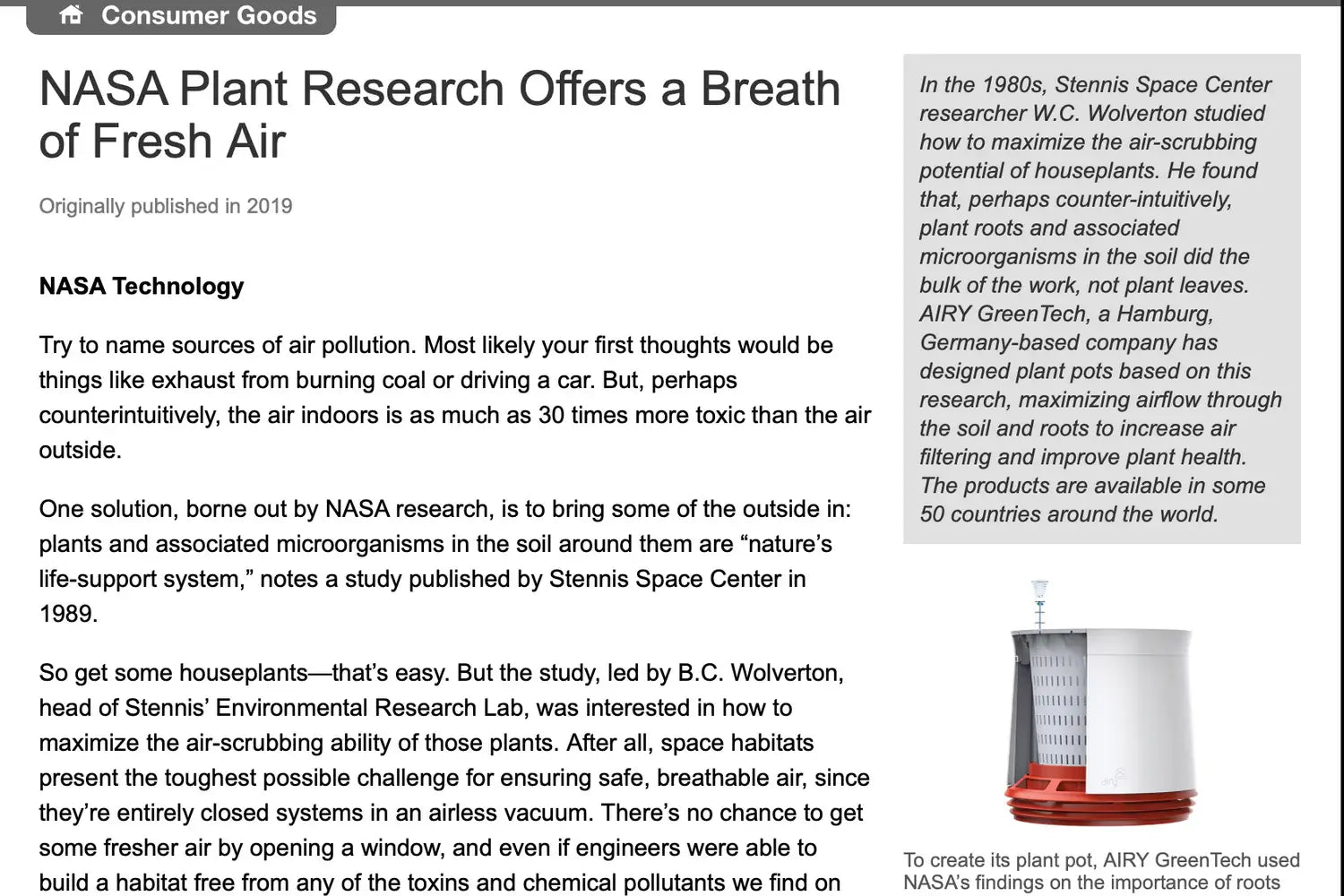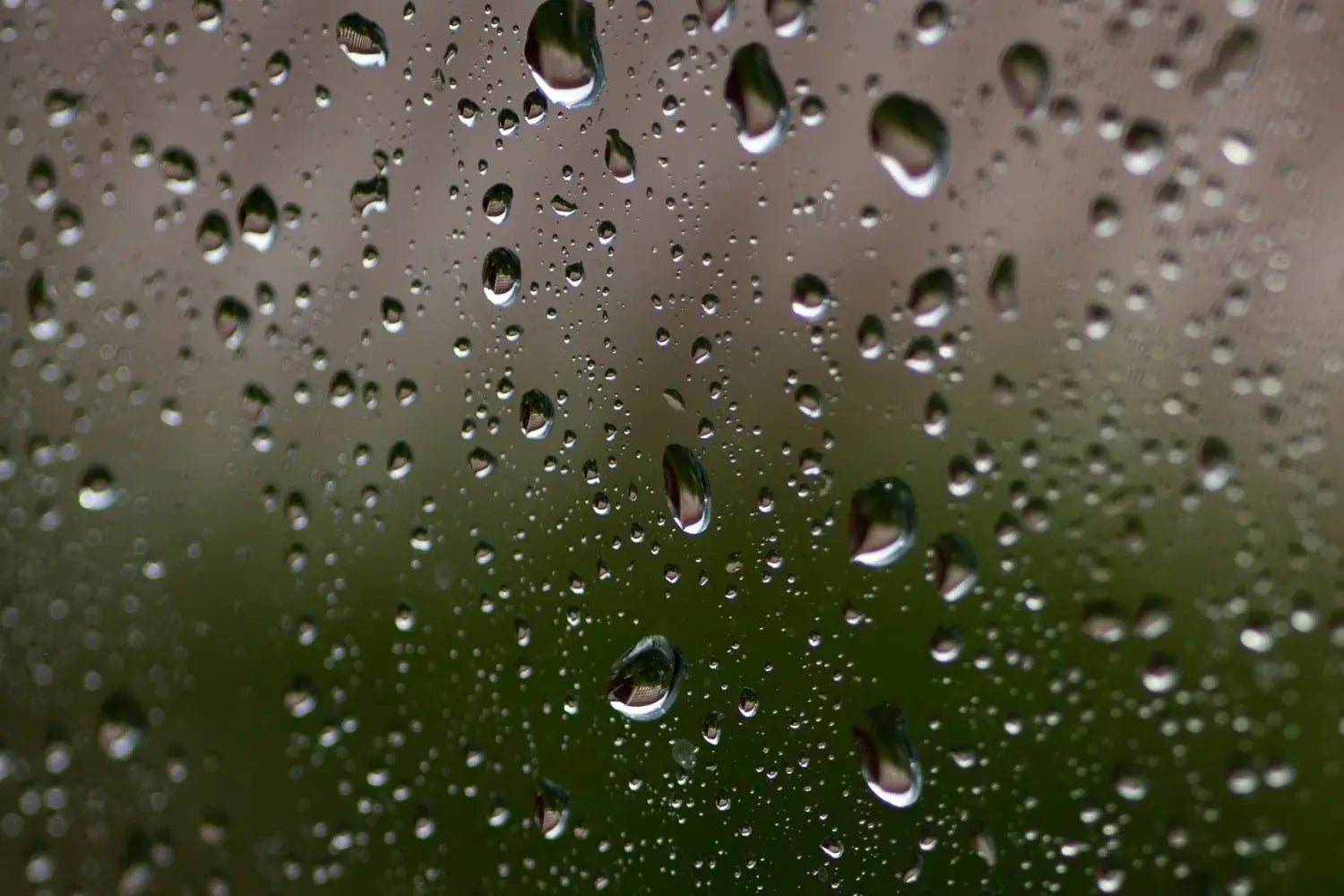What to do if you are outside the Earth's atmosphere and still want to breathe fresh air? NASA already asked this question in the 1980s.
The answer came in the form of a now legendary study: the NASA Clean Air Study from 1989. It was led by environmental researcher Dr. Bill Wolverton, who investigated whether and how houseplants can purify indoor air.
The NASA Clean Air Study: Plants as natural air filters
The goal of the study was to find out whether plants are capable of filtering pollutants such as formaldehyde, benzene, and trichloroethylene from the air – substances commonly found in enclosed spaces.
The result: Many tested plants showed a significant cleaning effect. Particularly effective were:
- Dragon tree (Dracaena)
- Spider plant (Chlorophytum comosum)
- Snake plant (Sansevieria trifasciata)
These plants not only improved air quality but also regulated humidity and contributed to the overall improvement of the indoor climate.
Air purification with houseplants – also for your home?
The NASA study caused a worldwide sensation – and sparked many further researches on air purification by plants in living spaces.
However: NASA's tests were conducted under laboratory conditions. The plants were suspended freely in the air and tested in hermetically sealed rooms – conditions that are naturally not present in living rooms or offices.
Criticism of the study: What do current researches say?
An article in the renowned journal Nature (2020) confirmed the ability of plants to absorb VOCs (volatile organic compounds), but clarified:
“Future experiments should shift the focus from potted plants’ (in)abilities to passively clean indoor air, and instead investigate VOC uptake mechanisms, alternative biofiltration technologies, biophilic productivity and well-being benefits, or negative impacts of other plant-sourced emissions, which must be assessed by rigorous field work accounting for important indoor processes.”
The authors explain that it would require very many plants per square meter to achieve a measurable effect – which is unrealistic in practice. Moreover, conventional flower pots hardly direct the air so that the roots are actively involved.
AIRY: Taking the NASA idea further
This is exactly where the AIRY System comes in: We took up NASA's idea and combined it with modern technology.
Our patented plant pot with integrated biofilter actively directs room air through the root system – where the actual cleaning performance takes place. The result: a sustainable air purification cycle that works without electricity, filter changes, or chemicals – and grows with the plant.
No wonder that NASA contacted AIRY in 2018. You can find the whole story here: AIRY in NASA's yearbook.
Green indoor climate with a scientific basis
The findings of the NASA study clearly show: plants can have a positive influence on indoor air – especially when used purposefully.
With the AIRY System, we make exactly that possible: air purification through plants – efficient, sustainable, and beautiful.
👉 Discover now our low-maintenance, air-purifying plants in the AIRY System.





